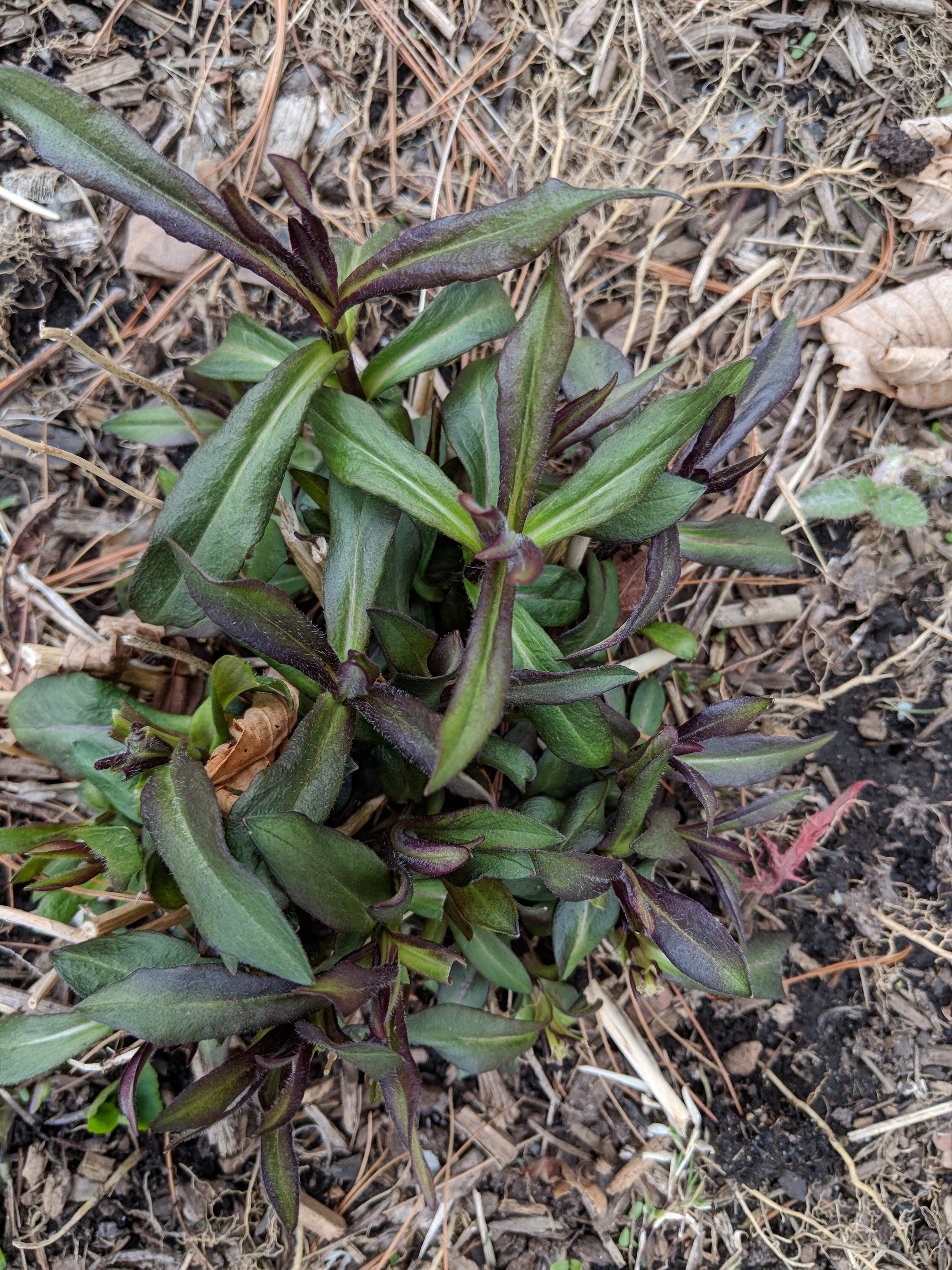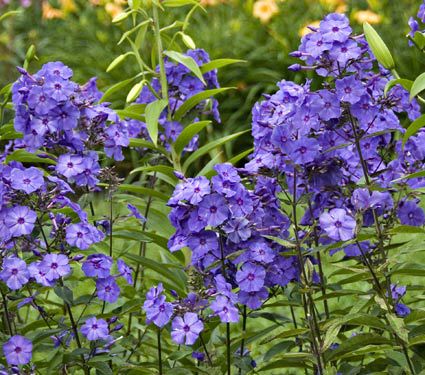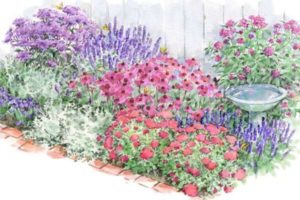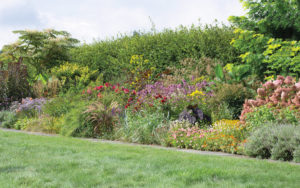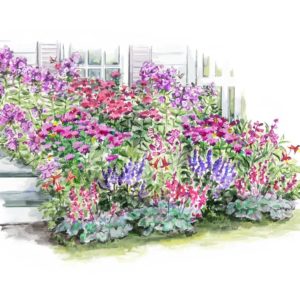It was a heck of a winter here in the Northeast, and we use the past tense hesitantly because we’re now in the midst of one of the cruelest and coldest Aprils any of us can remember. The calendar says April, but it feels more like February. But even if the temperatures remain significantly below normal for this time of year, and even if our gardens are still being glazed by sleet and occasional snow, spring finally seems to be making a stand. At least that’s what some of our favorite, most reliable perennials are telling us.
These quiet stars of the early spring garden won’t upstage the colorful blossoms of Crocus, Daffodils, Hyacinths and Tulips, but they’re among the first perennials to emerge and they go on to give the some of the longest performances of any herbaceous garden plants, finishing only with the arrival of hard frost. The sight of these stalwarts never fails to stir our hearts. They soldier through the most brutal winters, and as the first signs of spring begin to appear, they bring color, anticipation and even hope to a new season. A handful of these plants are past winners of the Perennial Plant of the Year award, and they’re among the most garden worthy plants we know. Below, we show each of them breaking ground in early spring, then, in a second shot, you’ll see the same plants at the peak of their development later in the season. The “spring” photos were all taken in mid-April in a Zone 6a Connecticut garden amid the snow, sleet and chill of this late spring. The plants, as you’ll see, were unfazed. Roused by the strengthening sunlight and longer days, their presence keeps insisting that spring has arrived, even if Old Man Winter hasn’t quite gotten the message.
Brunnera ‘Jack Frost’ (False Forget-Me-Not)
Prompt in its early spring arrival, the heart-shaped foliage of this shade garden favorite is a delight to behold. The green leaves, veiled and veined in silver, first appear as tiny as teardrops, and they gradually gain in size. Sprays of small blue flowers resembling Forget-Me-Nots arrive on slender stems in May and June, but it’s the foliage that counts. It continues looking beautiful straight through until autumn’s hard frost.
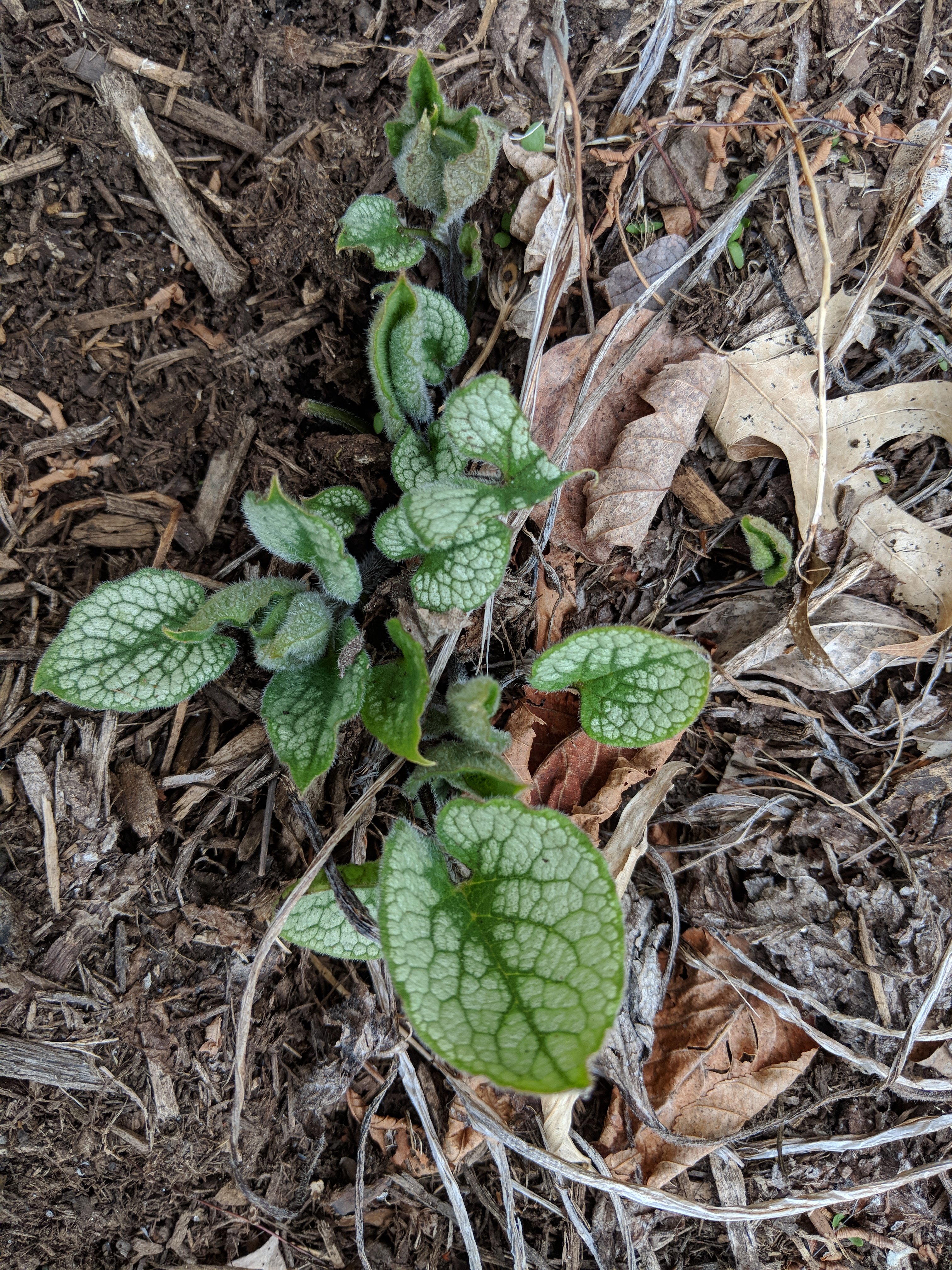
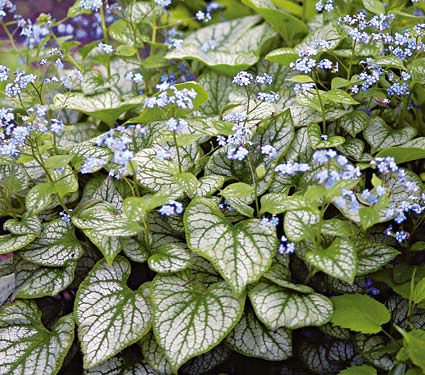
Alchemilla mollis (Lady’s Mantle)
A fuss-free beauty for the edge of part-shade borders, this tough but lovely plant is utterly distinctive in color and foliage. Pleated buds open into broad, kidney-shaped leaves with scalloped edges. The soft green color of the leaves blends beautifully with purples, blues, and pinks, and the the frothy chartreuse flower clusters that emerge in June and July energize and enliven any border’s edge.
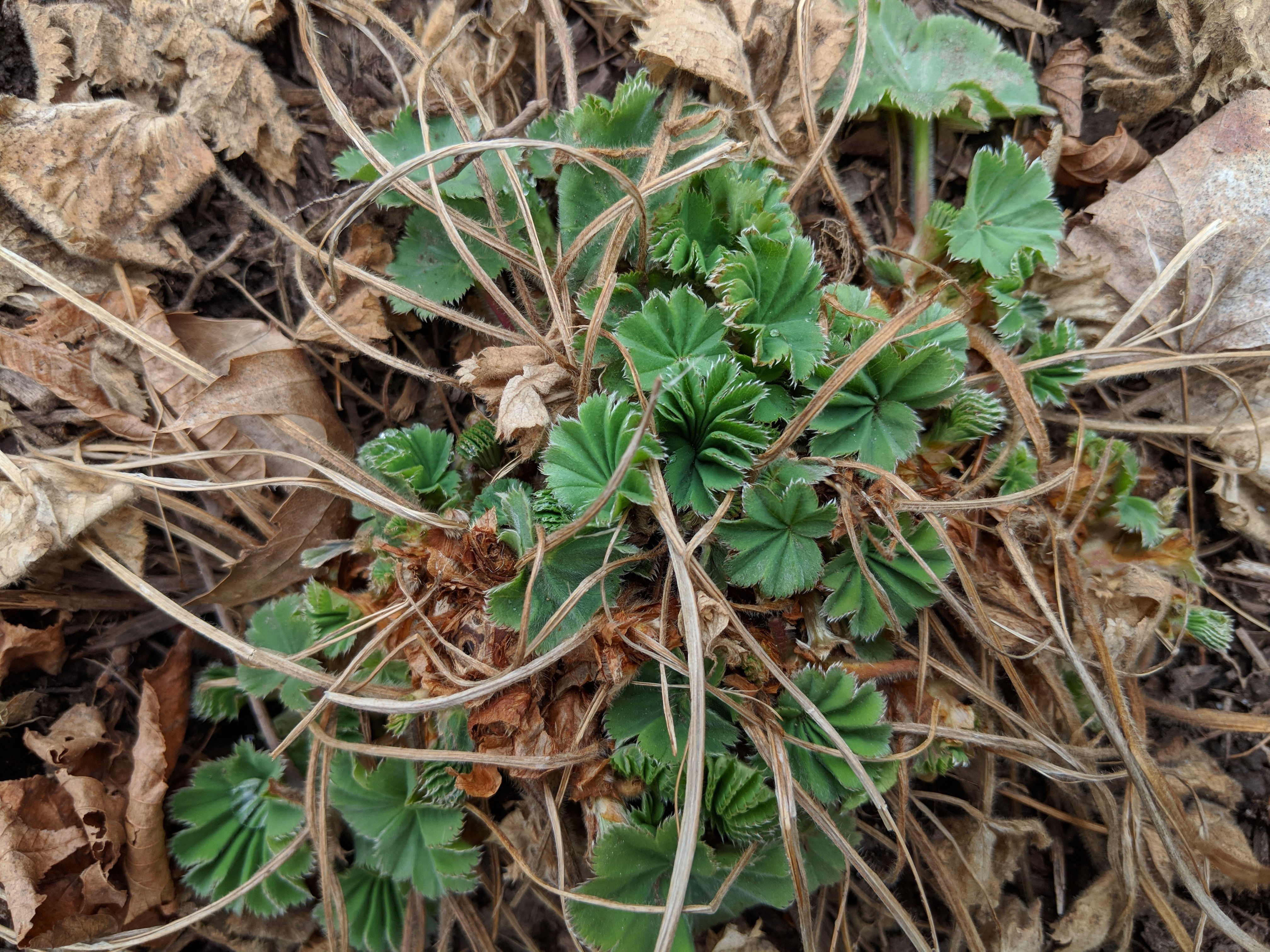
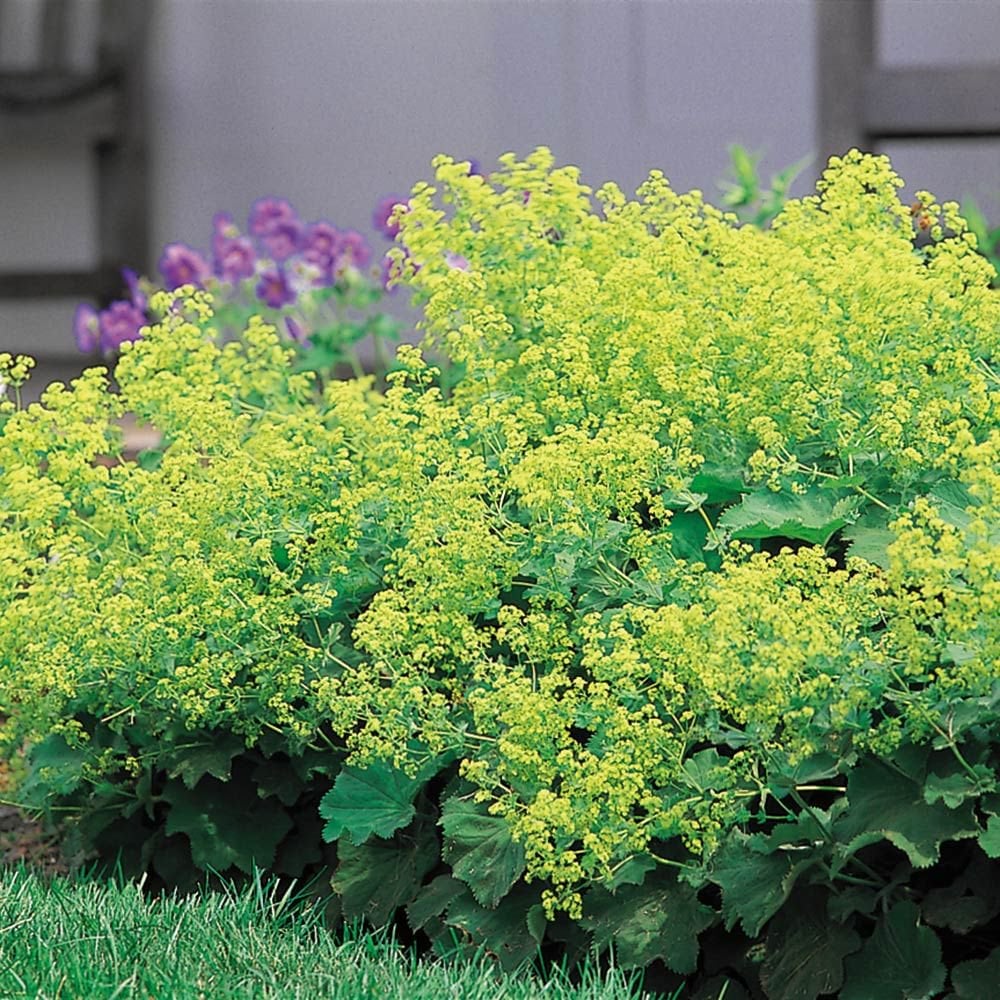
Sedum ‘Autumn Joy’
This essential, drought-tolerant perennial for hot, sunny gardens is simply unstoppable. The thick, blue-green succulent foliage breaks ground at the first signs of spring then rises on stems to 18-24”. Greenish-white flower clusters cap the mounding plants in summer, and the flowers open rosy pink in August. Toward fall, they deepen to wine, and they can be left on the plant to dry and catch snowflakes in winter.
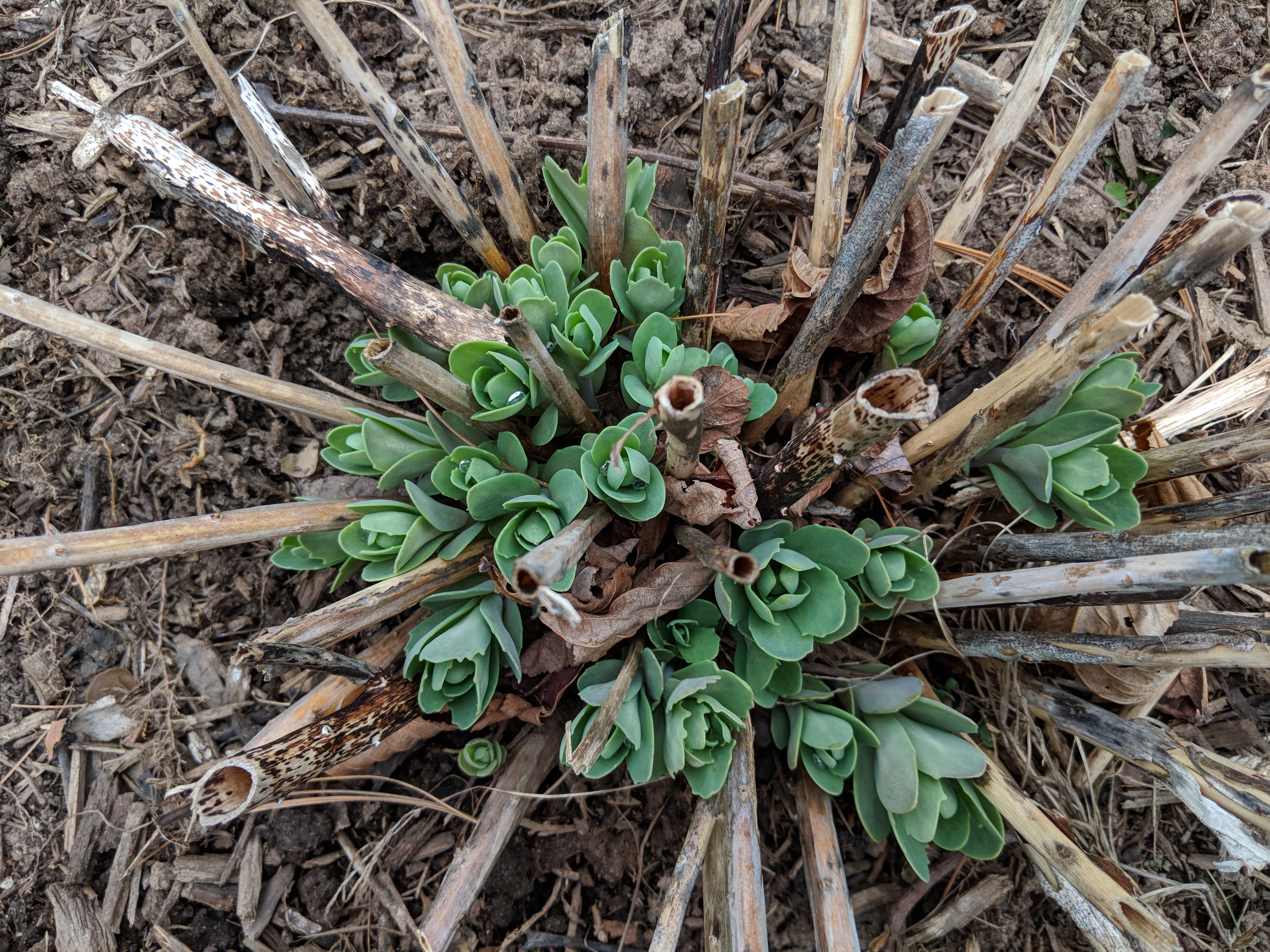
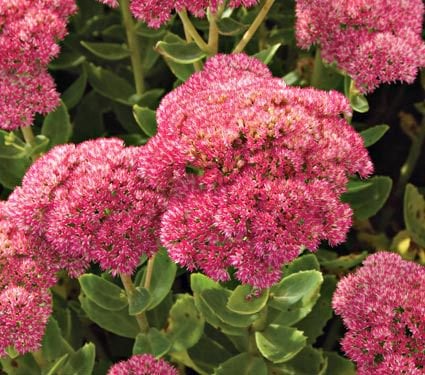
Nepeta ‘Walker’s Low’ (Catmint)
This Lavender-lookalike is one of the great garden plants. Starting early, it sends up masses of gray-green leaves, which appear in tidy mounds that are perfect for edging a border or walkway. As the weather warms, plants produce flower spikes with the lavender-blue blossoms. Adding to the pleasures this plant provides is the tangy scent of its leaves, which stirs the senses at the start of the gardening season. To help plants maintain a neat habit, shear them back by two-thirds after the first bloom. Plants will continue flowering until frost.
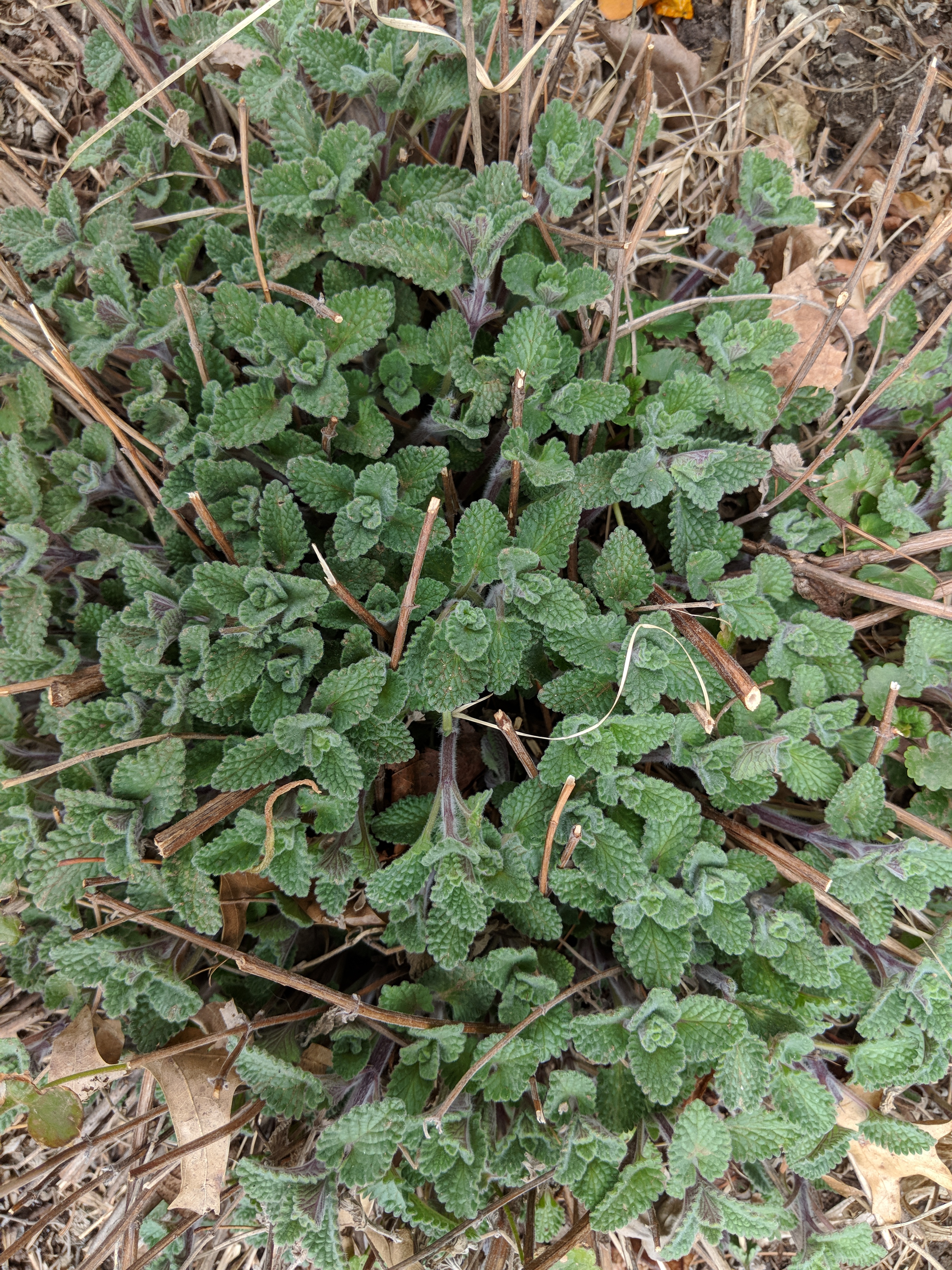
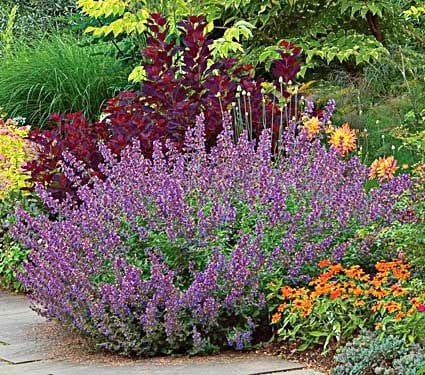
Geranium ‘Ingwersen’s Variety’
This Scented Geranium at first seems too pedestrian to belong on many must-have lists, but when you see the way it performs in your garden, you’ll want more. A superb ground cover for sun to part-shade, this rugged, carefree grower produces a mound of deeply dissected green leaves that look fabulous all season long. Spring brings a sprinkling of 1” pastel pink blossoms, but we love it best for the beautiful, aromatic foliage that blazes orange and red in the fall. These plants spread efficiently but are not invasive, they tolerate dry shade, and they smother weeds in the bargain.
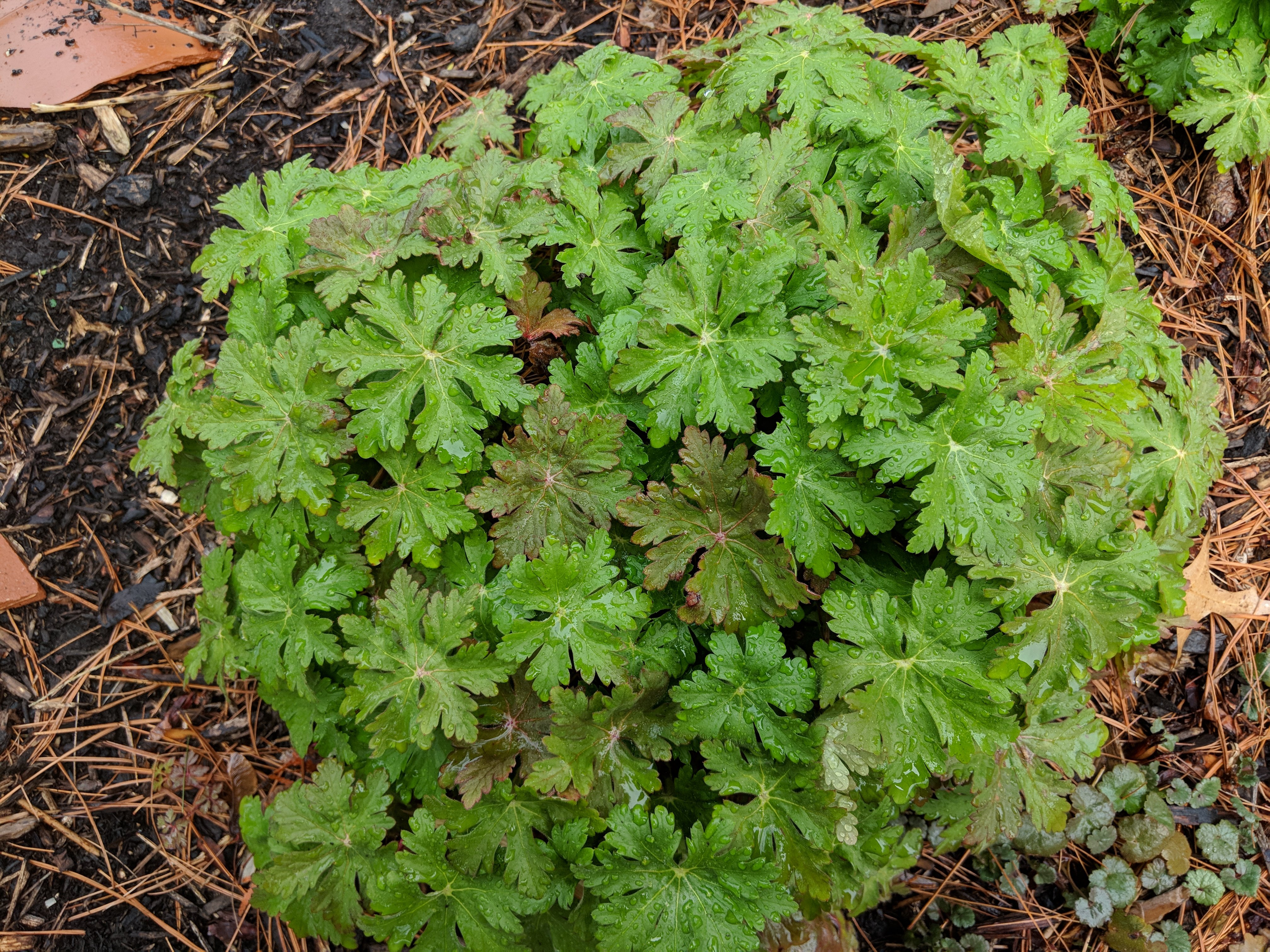
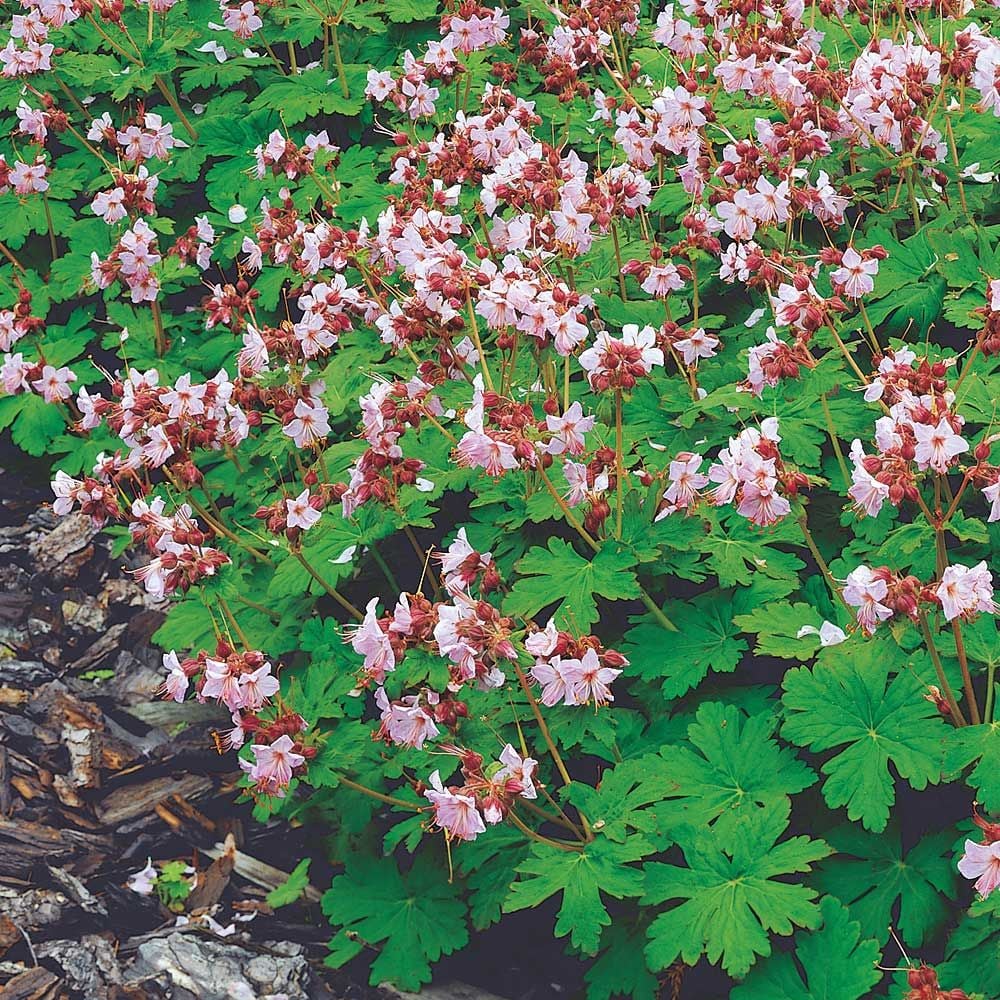
Iris pallida ‘Variegata’
Like rays of sun emerging from the soil in spring, the yellow-variegated blades of this exceptional Iris show themselves early. The warm golden color is welcome in the spring garden, but so too is the foliage form, which creates lovely contrast amid a variety of bulbs. Lavender-blue blooms appear in June, and they carry a scent that is one of the great perfumes of spring. As the season progresses, the yellow variegation in the foliage shades to cream, like shifting light in the garden.
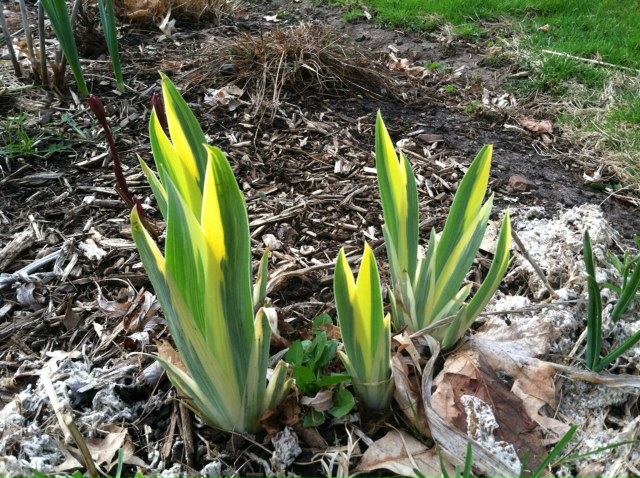
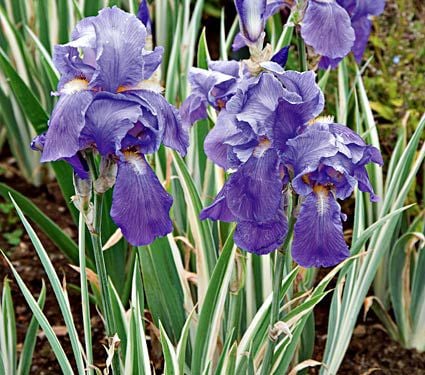
Phlox ‘Blue Paradise’
The first leaves of this favorite Phlox emerge green suffused with deep maroon in a colorful celebration of the start of spring. By summer, stunning flowers open in shades of blue and purple that change with the light of day. In the morning and evening hours, the flowers are deep blue. At midday, they change to purple. This favorite of Dutch landscape designer Piet Oudolf also attracts hummingbirds and butterflies. It’s beautiful planted with Ornamental Grasses or amid the feathery foliage of Amsonia hubrichtii.
